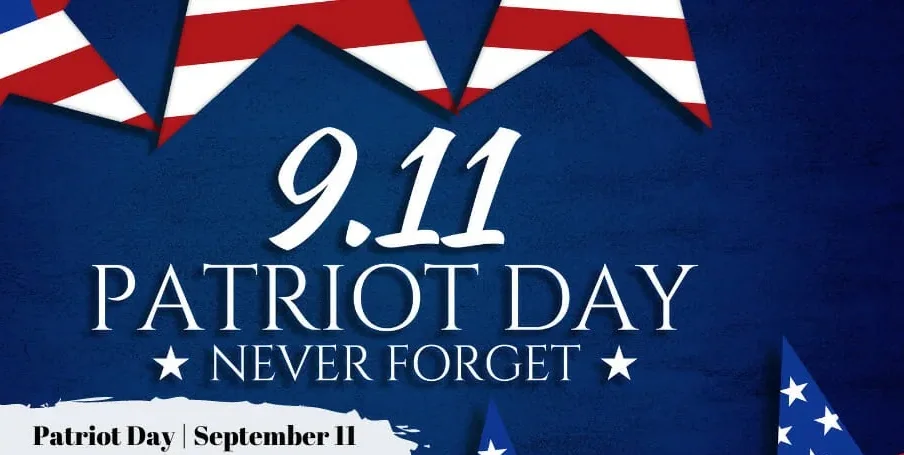
National Final Rainbow Day
April 3, 2028
Each year on April 3rd, National Find a Rainbow Day challenges us to look to the sky and find a colorful ray of hope cast across it.
#FindARainbowDay
There are people that see rainbows as an artistic masterpiece in the sky, to others it is a sign of hope and to many a sign of promise.
It can be all three; beauty, hope and promise. (Jill Magnus)
A spectrum of light in the form of a multicolored arc, appearing in the sky, is caused by both reflection and refraction of light in water droplets in the Earth’s atmosphere. These rainbows always appear directly opposite of the sun. The light is refracted (bent) when it enters a droplet of water, then is reflected inside on the back of the droplet and refracted again when leaving it.
Red is the color that is visible on the outer part of a rainbow and violet on the inside of a primary rainbow. Children learn in science class the mnemonic ROYGBIV to help them to remember the sequence of colors in a rainbow: red, orange, yellow, green, blue, indigo, violet. Many forms of airborne water can cause rainbows including, rain, mist, spray, and dew.
HOW TO OBSERVE FIND A RAINBOW DAY
- Find yourself a rainbow or use the garden hose or a prism to make one yourself.
- Families, students, and classrooms, create a rainbow from the colorful hearts on this printable. There’s at least one for every color in the rainbow. Take out your color crayons and finish what we’ve started.
- Then cut them out and put them in a cheerful, sunny window to brighten the day of someone passing by.
- Create a rainbow as part of a science project.
- Use #NationalFindARainbowDay to post on social media.



